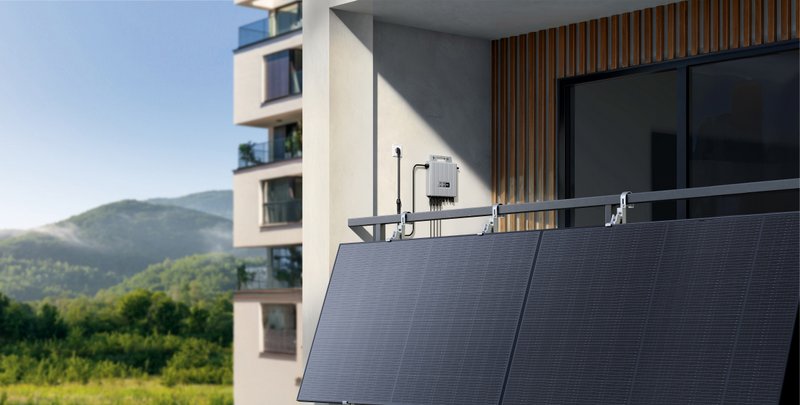RWE Renewables goes with Wärtsilä’s energy storage solution for Hickory Park Solar in Georgia

RWE Renewables, one of the world’s leading renewable energy companies, owns the project, awarded a contract to technology group Wärtsilä to supply a 40 MW / 80 MWh DC- coupled solar plus storage system to the Hickory Park Solar project in Georgia, USA. The Wärtsilä system will enable Hickory Park Solar to sell nearly 200 MW of generation from the solar PV panels to Georgia Power Company.
How it works: Wärtsilä’s GEMS Digital Energy Platform will control the entire hybrid plant, which monitors, synchronizes, and optimizes generation assets at increments of 100 milliseconds, using machine learning and historic and real-time data analytics to calibrate the type of generation needed at any specific time, all under a single portfolio.
Wärtsilä’s IntelliBidder auto-bidding solution allows Hickory Park Solar to provide Georgia Power a day- ahead firming solar plus storage profile, which will improve the predictability of the intermittent generation. The cloud-based IntelliBidder uses machine learning and algorithms based on automated and forecasted data, taking real-time trading and combining it with a smart control platform that provides value-based asset management and portfolio optimisation.
In addition to GEMS, the Hickory Park Solar project will see the deployment of GridSolv Quantum, Wärtsilä’s next generation energy storage system (ESS). The project is currently designed with CATL batteries. With functionality a key feature, GridSolv Quantum enables a holistic and intuitive ESS, while maintaining a minimalist design to ease the scope and complexity of deployment activities. The solution also delivers the lowest lifecycle costs and the smallest system footprint.
The co-located energy storage system will be DC-coupled with the solar system, allowing a number of benefits, such as improved system efficiency, lower balance of plant costs, and clipped solar recapture. With storage attached to the solar system, the batteries can be charged with excess solar generation when the PV reaches its peak and would otherwise begin clipping. The stored energy can be introduced into the grid at the appropriate time, maximizing the value of the system’s generation.
“For us, this is a milestone project of renewable integration involving solar PV plus energy storage, with the batteries being charged entirely from the solar system. It is one of the very few projects globally on this scale using DC-coupling. The flexibility and broad capabilities of the GEMS software enable effective and efficient control over the entire system, which is essential in this 80 MWh project with the GridSolv Quantum ESS,” commented Andy Tang, Vice President, Energy Storage and Optimisation, Wärtsilä Energy.





Comments are closed here.